As you read this, there is no horizon. The letter your eye now falls on is super sharp, but slightly to the left, or slightly to the right, towards the edges of the screen, the world is already blurring. And still a little further away from the letter your eyes are now gazing intently at, there everything even seems to have disappeared. The space to your left and right, the space behind your back, and those above and below you - towards the ceiling and floor - you lose sight of them while reading. The concentration required to catch the letters with your eyes reduces your three-dimensional surroundings to a dot. Spatial awareness contracted into a tiny dot, like the one at the end of this sentence.
With the greatest ease, and often the greatest pleasure, you lose yourself, while reading, in this dot. Like a magnet, it draws your eyes to it, demanding all your attention. The physical spaces behind you and those to your sides come to fallow. Nadir and zenith? Spatial awareness is scaled down, as long as you keep peering at the letters.
Losing contact with one's surroundings in such a way was a death sentence in the wild life of our ancestors. Reading in the wild, with all the lurking danger, was like making love and getting drunk without the protection of four walls, a risky activity.
Break away from reading and letters for a while. Look out the window, or take a short walk as a pause. With your eyes freed, the small yellow zone unfolds into a landscape. As if stage curtains are pulled aside. The vision may not be as sharp as reading letter and dot, but the view is wide. It extends from the corners of your eyes to diagonally behind you.
And the space all the way behind your back? To look there, you have to turn around. A hare, a pigeon, or a sheep does not have to do that. With eyes on the side of the head, they have panoramic vision. Without having to turn their heads, they are prepared for danger from any direction.

Predators' eyes are at the front of their heads and their gaze is sharp, seeing prey from a great distance. To hunt or to be hunted - a panoramic vision or a sharp, piercing gaze. Those two traits seem to characterize the division of roles in nature. There are predators with both visual qualities, sharp and wide, but a predator with sideways sheep-like eyes has not yet been seen.
And humans? Does his vision tell the story of a hunter or a hunted?
However, the hunting instinct and murderous gaze can be reactivated by an irritating fly instantly.
But an opponent with a 360° vision is not easy to outsmart.
A martial art where you only have to deal with one opponent, who is right in front of you, and who also acts according to the prescribed rules, is not a martial art, it is a sport. Back and flanks, all directions except those where the eyes are focused, can remain unprotected.
A martial art that reflects daily life, preparing the practitioner to spread his alertness across six directions, requires soft eyes.
‘Soft Eyes’ is a concept used in many sports to relax athletes and increase their peripheral vision. Sally Swift, the founder of Centered Riding, advised riders to relax their visual acuity and pay more attention to the tactile interaction between horse and rider.wikipedia
ONE
Go to a quiet place where you have an unobstructed view. Stand up straight, your arms along your body, or your hands on top of each other on your stomach. Imagine you are standing on top of a dune on a clear day. In front of you see a ship on the horizon. Be aware of the free space in front of you. That is the first of the six directions
TWO AND THREE
Softening your gaze even more, the horizon will widen before you. Straight ahead of you is still the ship - from the corner of your eye, you can see the beach and row of dunes to the right and left. Without turning your head, you can see 180°degrees from the horizon. Be aware of the space in front of you, to your left and to your right: those are three of the six directions.
FOUR
If you turned around, you would see that the horizon continues behind you. But now, without turning your body, your head or your eyes, try to be aware of this territory. Your body is the centre of the compass rose. When you are facing west, your eyes see the semicircle of the horizon, from north to south. The horizon closes behind your back, to the east. The earth is round, the horizon is round, your spatial awareness is round.
FIVE
Imagine a small cloud directly overhead. This fifth direction. the zenith, turns your surrounding horizon into a dome. You are exactly in the centre of the dome, right below its highest point.
Your surroundings like a huge circus tent. A grand-café filled with talking people - close your eyes and the murmur of their voices surrounds you. A space like the Duomo in Florence, where you stand exactly in the centre of the mosaic floor, under the highest part of the dome. The sound of footsteps and the gentle chatter of visitors will trace the five directions for you.
Five directions within your field of vision, when was the last time that happened to you? With hard eyes, you won't succeed. With softness, you can perceive the whole vault - four cardinal points and the zenith at once.
It is no wonder that in a myopic world, a world where the horizon has been bricked away behind stone walls, words like 'firmament' and 'welkin' have fallen into disuse. While in the 1960s it was chalked on walls that under the pavement was the beach, now is the time to realise that the vastness and the horizon have obviously not disappeared. You just have to learn to see through walls and roof.
SIX
Finally, let your attention go to the ground on which, the floor on which you stand. The space under your body, does not stop at the surface of the floor. If zenith was the fifth direction, nadir is the sixth.
At the front of your body, imagine a two-metre space. Do the same on the left side and on your right side. Then behind your body a similar space. Also above your head, towards the dome, the zenith, two metres. And finally a two metres space under your feet, into the ground, towards the nadir.
Your spatial awareness takes the shape of a perfect balloon. Each of the six directions that define the balloon are equal. The size of the balloon is by choice. Standing under the big church dome, the space in any direction might be 30 metres, standing on the dune top as much as 100, or even extending to the horizon. In all cases, your body is the centre of the balloon. Or more specifically, the exact centre of the six directions is your belly, the lower dan tian, xia dan tian, 下丹田. Spatial awareness through six directions, the practice of soft eyes and finding and consolidating the body centre are interrelated.
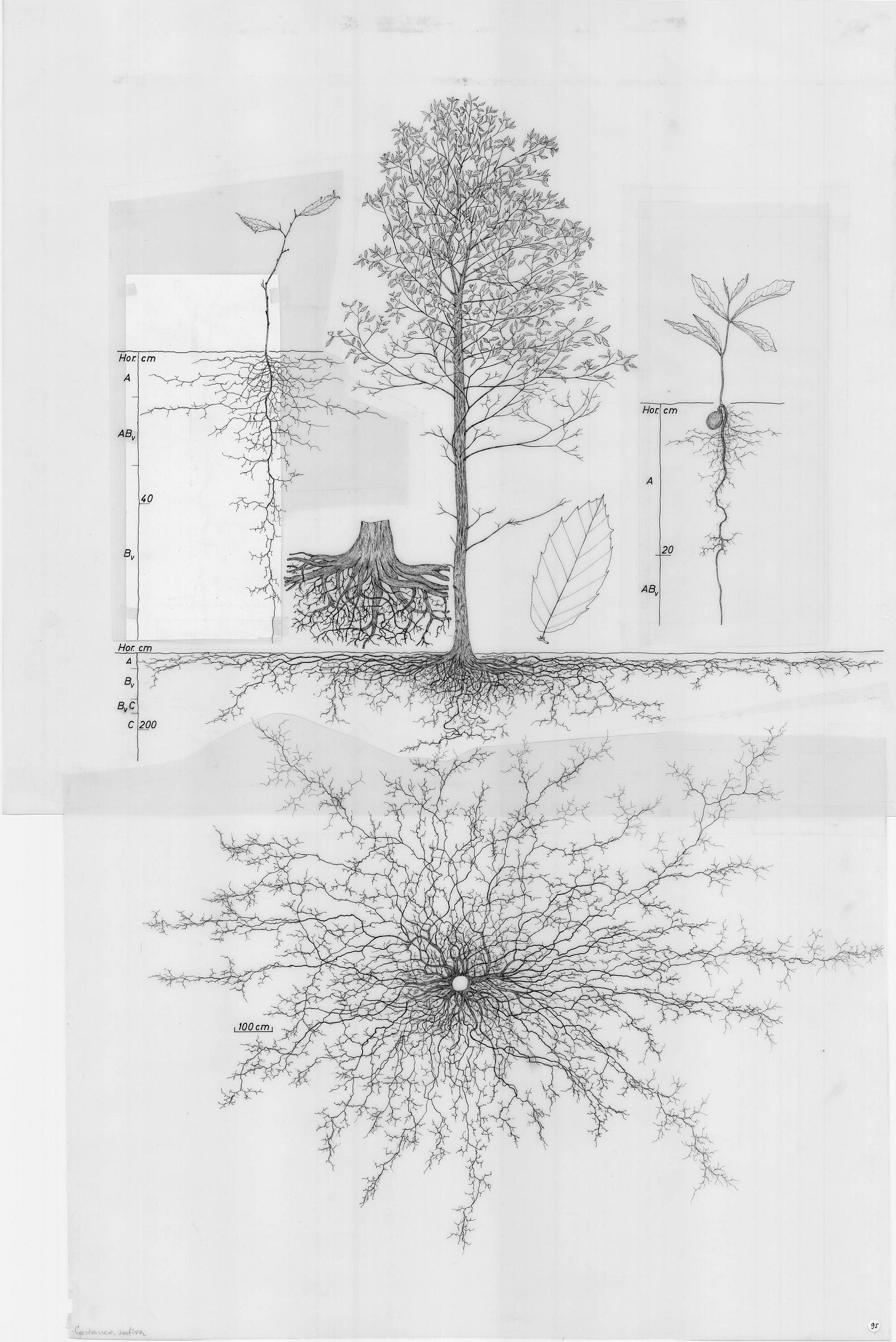
To be continued ...





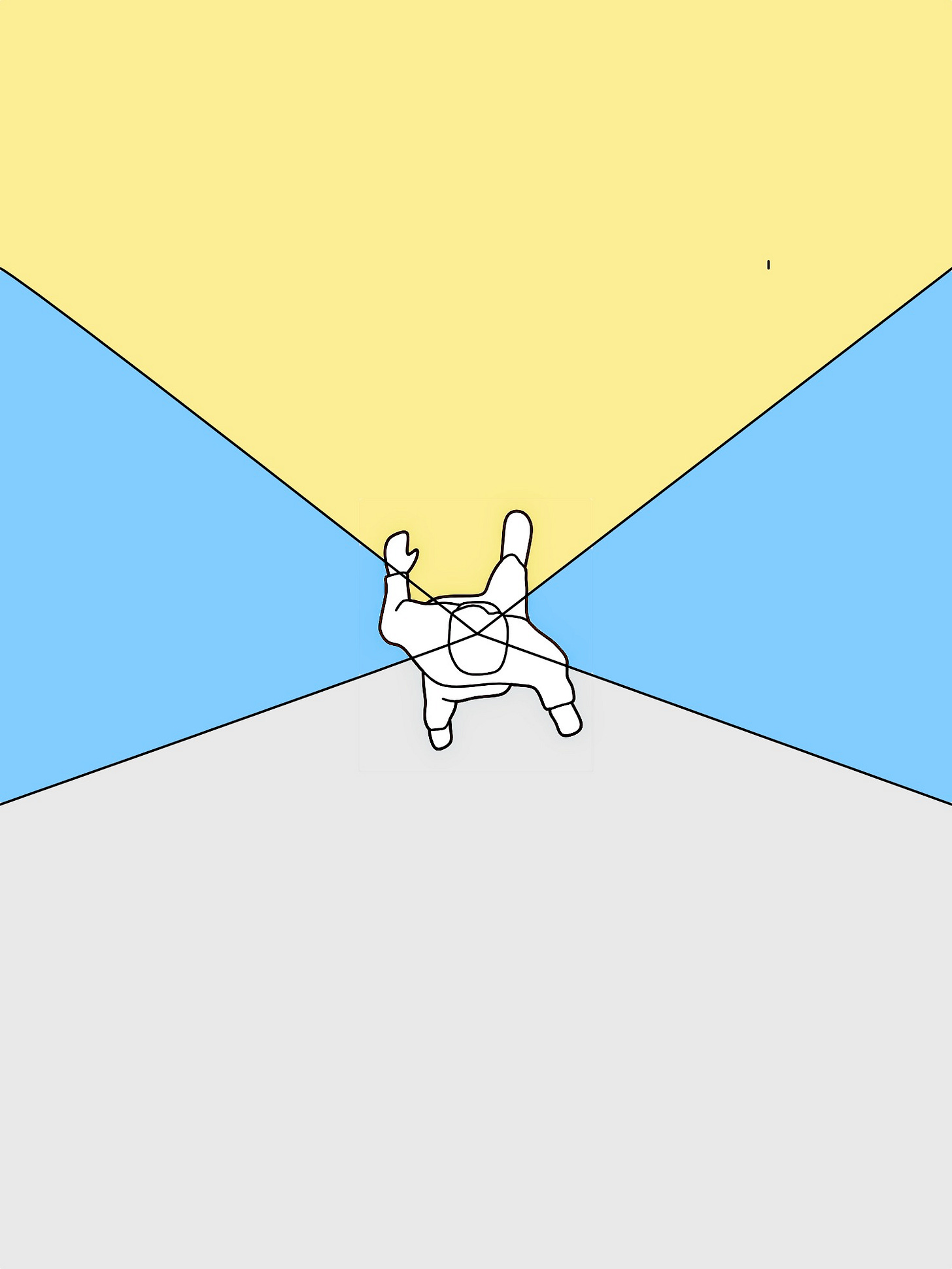





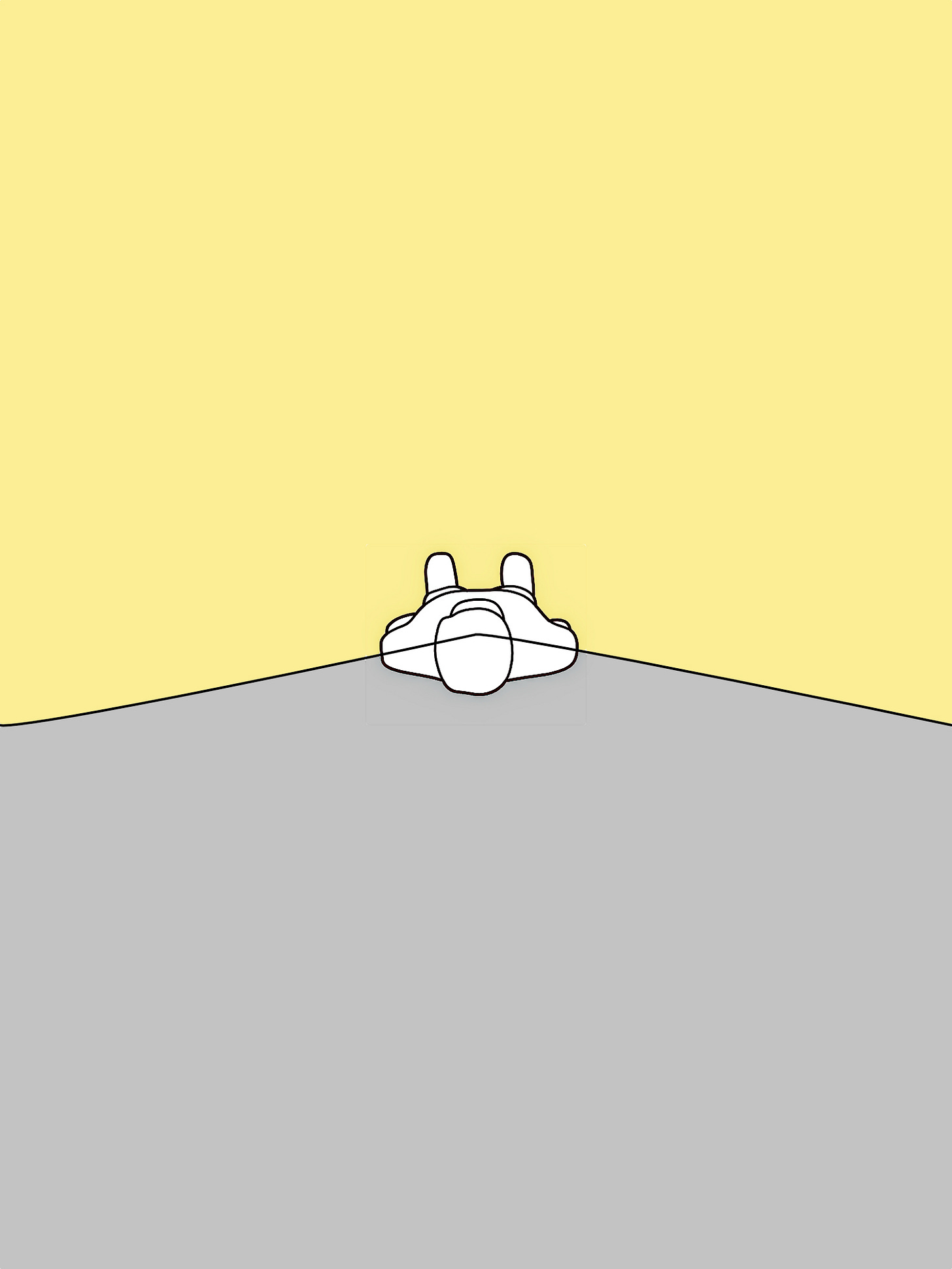
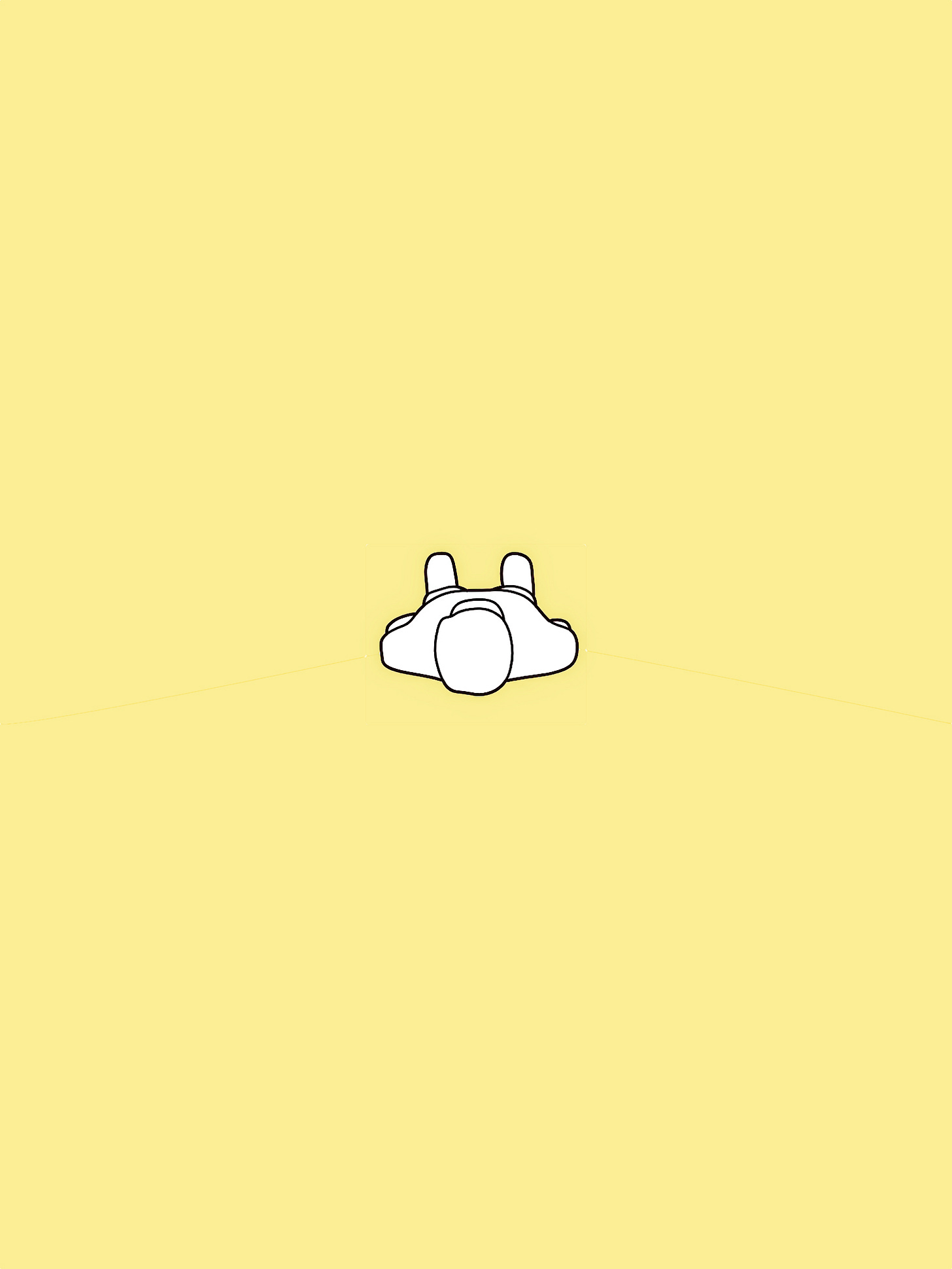
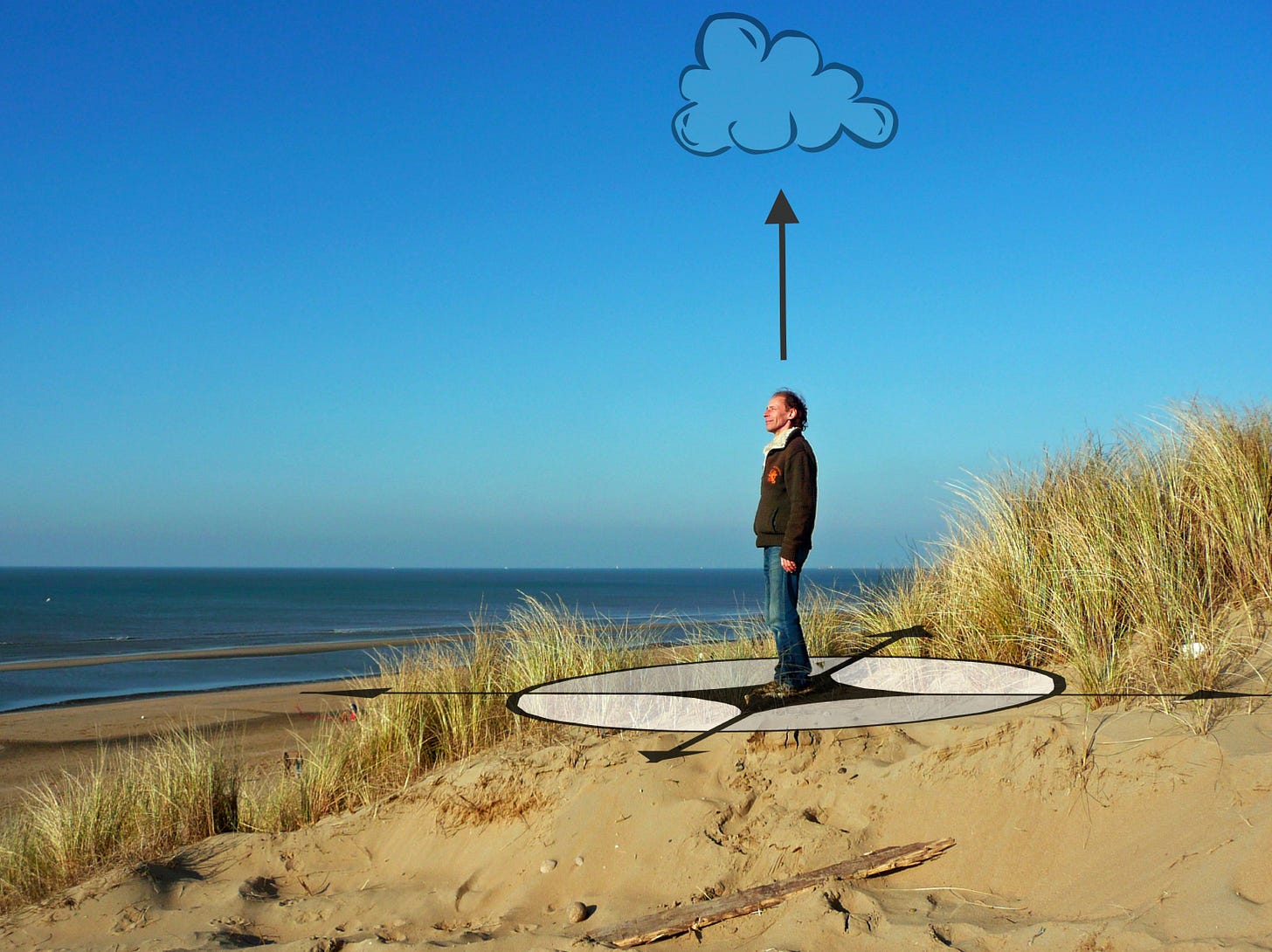

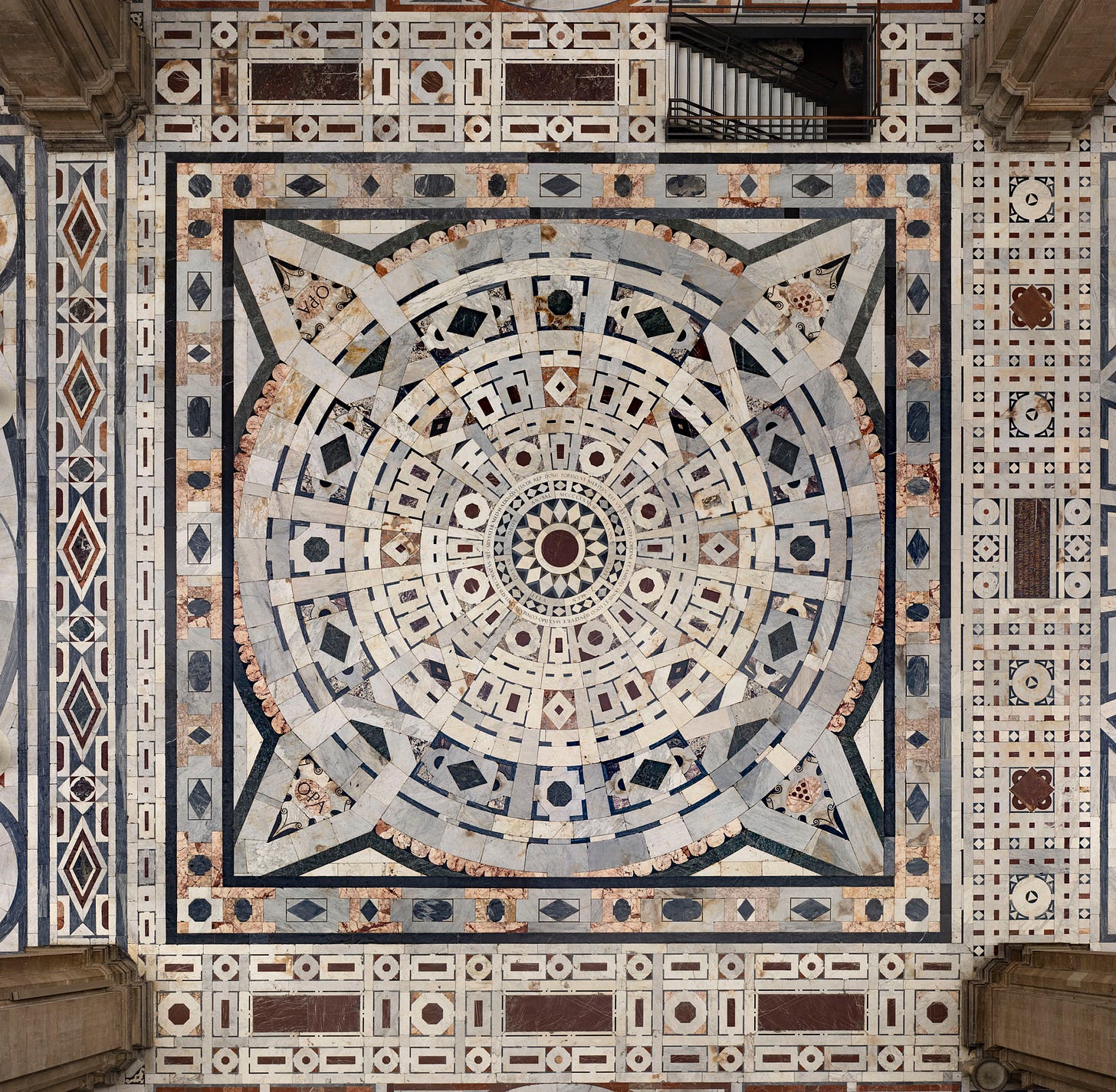
Thank you !